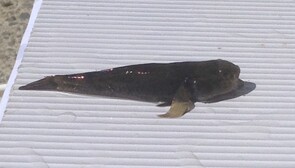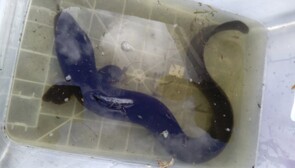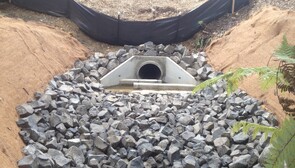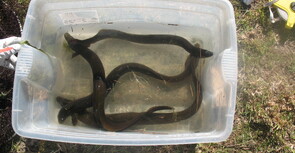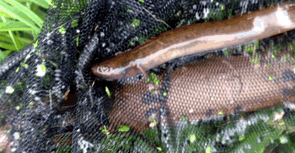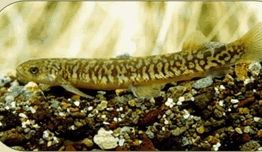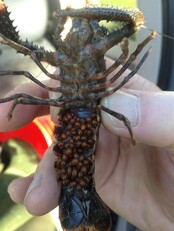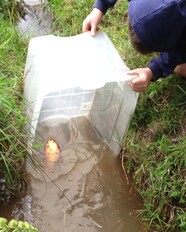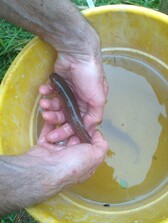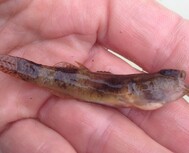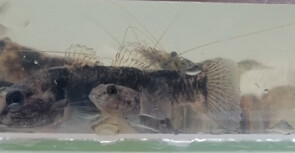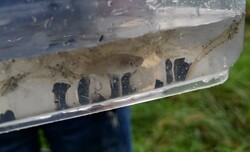Fish Monitoring
Fish are excellent integrators of stream or river condition. The presence or absence of a fish in a stream provides a lot of information about stream condition. Elevated culverts or weirs can sometimes impede fish migrations that results in a poor quality fish fauna. We use Dr. Mike Joy’s fish index of biotic integrity to assess river or stream condition. This is a computer model that compares observed vs expected fish for any waterway in New Zealand. The absence of a fish species could be due to fish migration barriers, sedimentation or severe pollution.
Crans Bully
Crans bully is one of the few native fish species that does not migrate to sea. It is commonly found in streams and estuaries of the north island.
Longfin Eel
Found in various freshwater environments throughout New Zealand. Secretive and nocturnal living in stream cover (sunken logs, boulder piles) or under overhanging banks, emerges at night to feed. This 800 mm individual was captured using a fyke net in the Kaipatiki Stream of Birkdale.
A Fish Friendly Culvert
With rock rip wrap and spat rope to assist fish passage.
Short Fin Eels
captured from the Ahuriri Estuary Using Fyke Nets.
North Island Brown Mudfish
captured in a grazed stream channel tributary of the Mangatarere Stream, Wairarapa.
KOARO
a native Galaxiid fish that prefers riparian covered water.
Kōura
This is a gravid female freshwater crayfish. Her eggs will darken slightly before they hatch as babies that cling to their mothers abdomen until they reach a larger size. Freshwater crayfish are commonly called Kōura as they are a taonga mahinga kai species that are treasured. Kōura are considered a keystone species in that they process food by breaking it into smaller pieces that other invertebrates can then eat. We are currently helping a developer with their application for the North Island’s first kōura farm.
Rudd
This is a Rudd being captured by Eli Bridge. Rudd are a pest fish that are common in farm irrigation dams and occasionally wetlands. They were introduced to New Zealand for coarse fishing but it didn’t exactly become a favourite sport.
Banded Kokopu
This is a banded kokopu, these are the most common white bait species in Auckland. They are great at jumping from the water into the next pool up! This one may have hybridised with a Koaro as the banding turns to spots similar to koaro towards the tail. they can grow up to 22 cm.
Upland Bully
This is an upland bully taken from a water race in the Wairarapa. Unfortunately it has died owing to an eel having got the better of him in a fyke net.
Common Bully
As the name implies, the common bully is our most commonly found freshwater bully. It has a small pore on the top of its head, it’s quite scaley and it can form land locked populations without the need for migrations to sea. Common bullies prefer a gravel substrate with plenty of wood or weed to take cover from larger predators.
Gambusia
This is a mosquito fish called Gambusia. Although quite small they can be very destructive. They are known to attack the caudal fin of our native white bait species and then attacking them further to the point that the native fish dies. Gambusia come from South America and that’s the best place for them to stay.
Get in Touch
If you need resource consent advice for anything surrounding water quality, freshwater ecology, aquatic ecosystems, riparian vegetation, stream gaugings, stream depletion or freshwater biodiversity then please get in touch.
